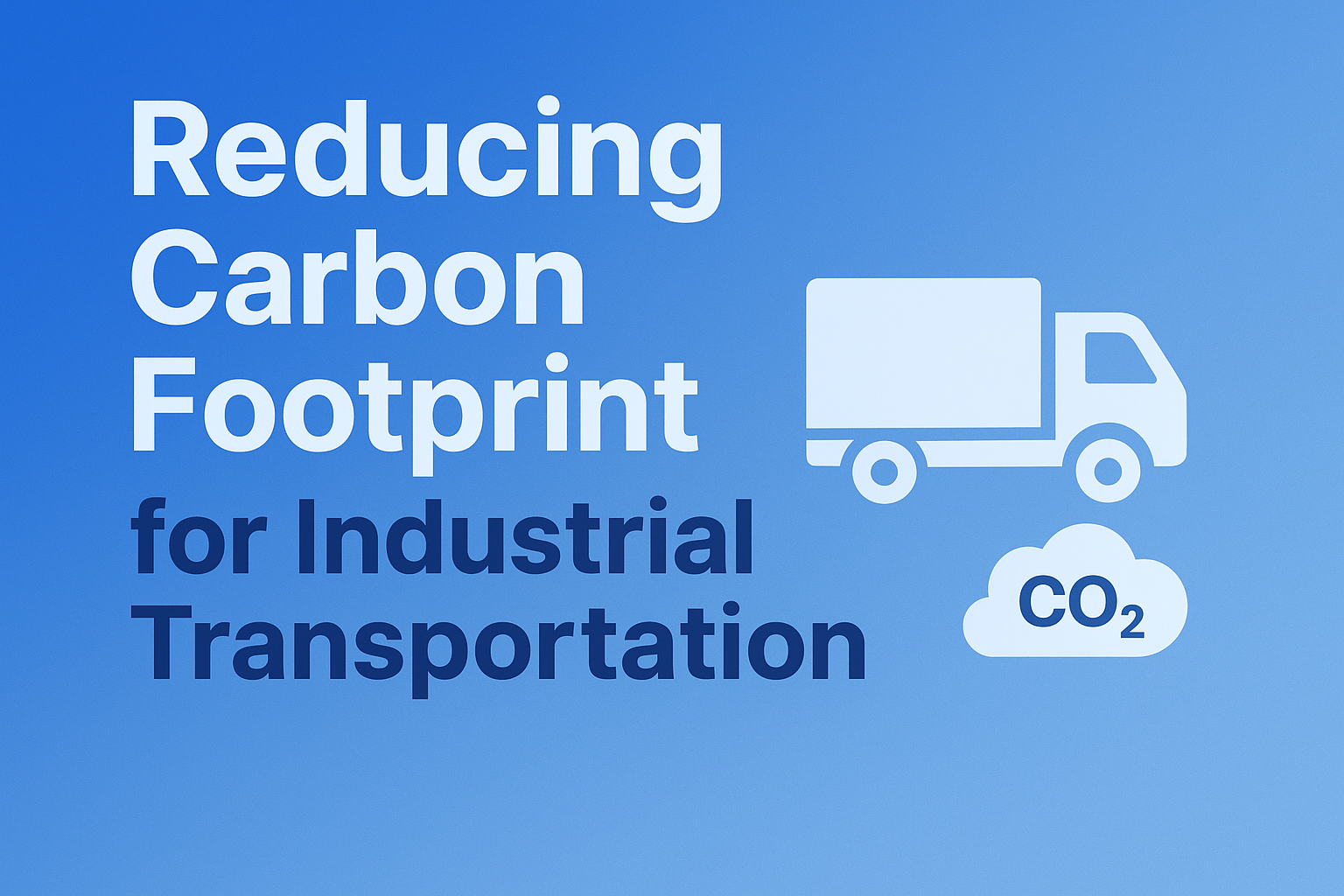
Reducing Carbon Footprint for Industrial Transportation
Industrial transport is one of the largest contributors to greenhouse gas emissions. At GLSCD, we are actively implementing strategies to reduce our carbon footprint while maintaining reliable, high-performance logistics operations.
Optimizing Routes & Load Planning
By using advanced route optimization algorithms, real-time traffic data, and maximizing truck load utilization, we reduce empty running and distance traveled, which play a big part in lowering emissions.
Cleaner Fuels & Greener Assets
We are transitioning parts of our fleet to lower-carbon fuel alternatives — including biofuels and renewable diesel — and investing in high-efficiency equipment to reduce fuel consumption and pollutant output.
Improving Asset Utilization
Our focus on better scheduling, predictive maintenance, and smarter asset sharing among partners has significantly reduced downtime and improved overall carbon efficiency per ton-kilometer.
“Sustainability in transportation isn’t just about what you haul—it’s about how and when you haul it.”
Tracking & Reporting Transparency
We believe what gets measured gets improved. GLSCD publishes periodic reports on our emissions, fuel use, and efficiency metrics to keep ourselves accountable and to encourage industry-wide best practices.
The Road Ahead
Looking forward, our roadmap includes further integration of electric and hydrogen-powered vehicles, AI-powered predictive logistics, and collaborations with clients to co-develop lower-carbon supply chain solutions.